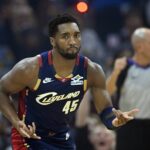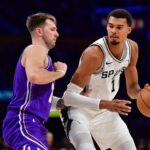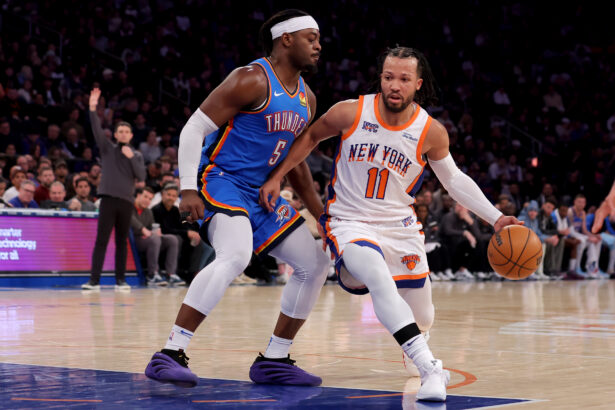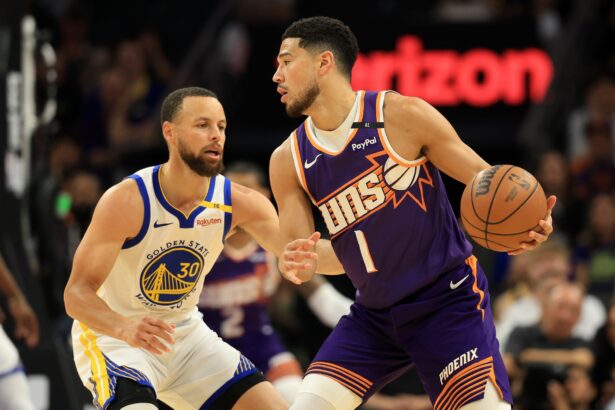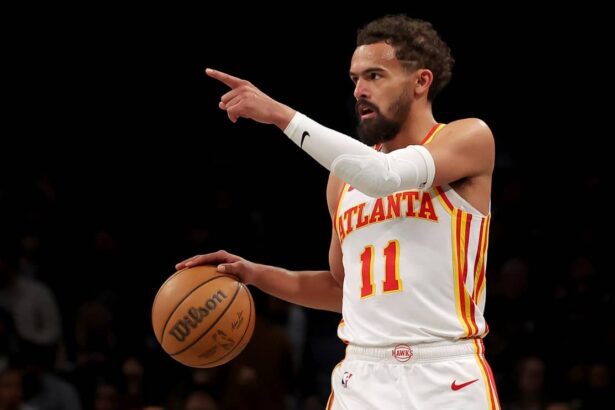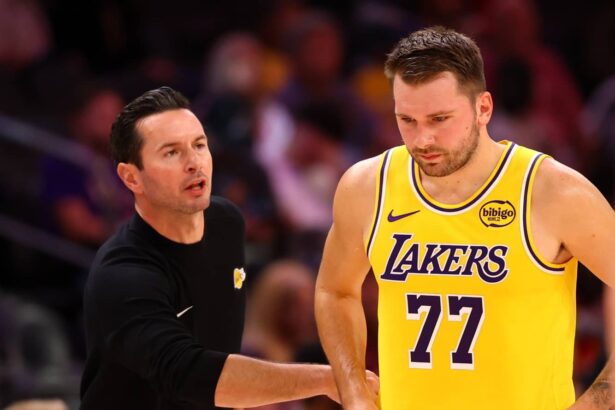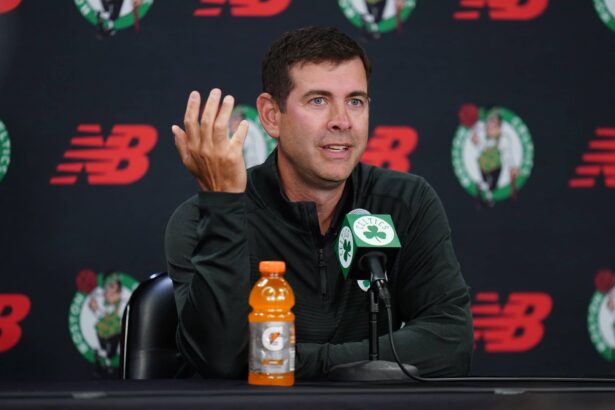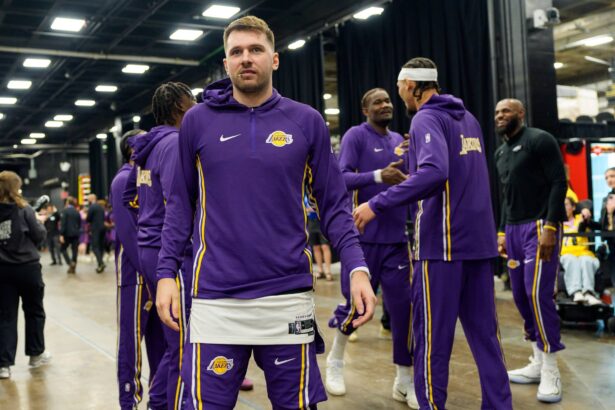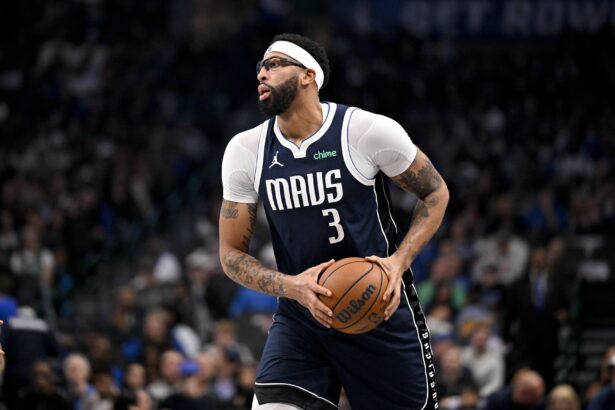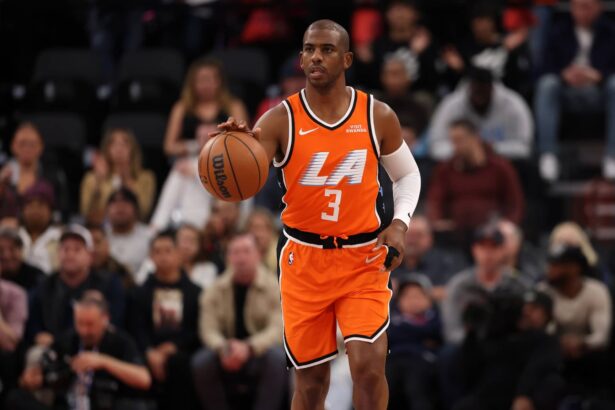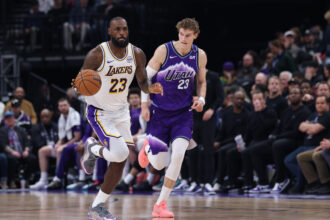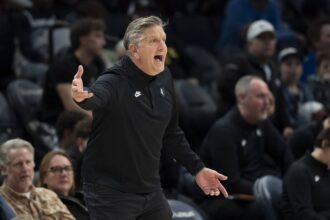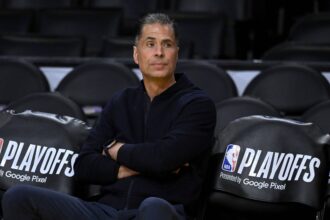Coming off their latest 114-103 loss to the Detroit Pistons, the Utah Jazz have fallen to 3-5 on the season, tying them for 10th place in the Western Conference. While this would typically raise concerns regarding the team’s performance, the Jazz currently have bigger problems to deal with.
Utah’s star big man, Walker Kessler, recently suffered a torn labrum in his left shoulder. Given that he will require surgery to repair it, reports suggest that Kessler will be sidelined for the remainder of the season.
Before his injury, Kessler was in tremendous form, averaging 14.4 points, 10.8 rebounds, 1.4 steals, and 1.8 blocks per game on 70.3% shooting from the field. Although it was only five games into the season, the 24-year-old demonstrated why the Jazz were intent on retaining him, despite active trade interest from several teams around the league.
Kessler’s injury is a huge hit to Utah’s rotation. However, the Jazz still have some talented players on their roster to make up for his absence. This situation could serve as an opportunity for Utah to explore different rotations. With this in mind, we examine the Jazz’s updated depth along with the potential starting lineup.
Roster Depth
PG – Keyonte George, Walter Clayton, Isaiah Collier
SG – Svi Mykhailiuk, Ace Bailey, Brice Sensabaugh, Cody Williams
SF – Lauri Markkanen, Georges Niang, Elijah Harkless, Kyle Anderson
PF – Taylor Hendricks, Kyle Filipowski
C – Jusuf Nurkic, Kevin Love
The Starting Lineup
The Jazz’s starting lineup is likely to remain similar to what the team deployed against the Detroit Pistons on Wednesday night.
The backcourt unit is likely to feature Keyonte George and Svi Mykhailiuk, a pairing that has become a staple for Utah. Meanwhile, the frontcourt trio will include Lauri Markkanen, Taylor Hendricks, and Jusuf Nurkic in the center spot to replace Walker Kessler.
George has displayed flashes of potential as a capable combo guard. Although his abilities as a perimeter threat are underwhelming, the 21-year-old is a gifted scorer and playmaker. In eight appearances this season, he is averaging 22.6 points and 7.9 assists per game on 42.1% shooting overall.
Mykhailiuk has carved out a place for himself in the rotation as a reliable three-point shooter. While making up for George’s shortcomings as a perimeter threat, the 28-year-old has slowly become a vital contributor.
Although he is averaging 9.5 points on 45.9% shooting overall this season, with 35.6% from three-point range, his 28-point outburst against the Pistons could be a promising sign that he could become a more valuable contributor.
In the small forward position, Lauri Markkanen retains his spot as the team’s primary scoring option. Having recorded a career-high 51 points early in the season, Markkanen appears to be sustaining his EuroBasket form even in the NBA.
With averages of 30.4 points and 6.6 rebounds per game, shooting 46.6% from the field and 35.4% from deep, Markkanen is undoubtedly the Jazz’s most valuable asset at the moment.
In the power forward position, the Jazz feature Taylor Hendricks. Although Hendricks doesn’t contribute much on the scoring front, he provides solid rebounding and defense. At 21, the young forward has a lot of room to grow. With an average of 4.5 points and 4.5 rebounds on 38.2% shooting, however, Utah could expect more production from him.
To complete the starting lineup, the Jazz will have offseason addition Jusuf Nurkic replace Kessler. The veteran big man hasn’t been very productive on the offensive end lately, averaging only 7.4 points per game this season. But considering the fact that he is averaging 9.4 rebounds per game, featuring a 17-rebound outing against the Pistons, the Jazz could still boast a solid inside presence with Nurkic in the starting five.
The Bench
The Utah Jazz bench rotation doesn’t necessarily impress at first glance, but they do have some solid pieces on the roster.
In the backcourt, Walter Clayton and Isaiah Collier show solid potential as backup point guards. Clayton, in particular, is coming off a solid performance of six points and six assists against the Pistons, highlighting his playmaking upside. He is averaging 6.5 points, 2.5 rebounds, and 3.5 assists per game on 43.9% shooting from the field, with 35.0% from deep this season.
Meanwhile, the shooting guard spot features No. 5 overall pick Ace Bailey as the backup. Bailey has showcased his ability to be efficient while scoring, emphasizing off-ball movement. Unfortunately, after a solid start in the preseason, Bailey hasn’t been able to find his footing in the new campaign so far, averaging 5.1 points and 3.0 rebounds per game on 32.0% shooting overall.
In this regard, Brice Sensabaugh may deserve more recognition, as he is averaging 7.6 points and 2.3 rebounds per game on 45.9% shooting from the floor.
Among the small forwards, Elijah Harkless could be a key rotation player. However, once Georges Niang returns from injury, Harkless likely becomes a third option in the rotation.
While this could limit Kyle Anderson‘s chances of securing more playing time, the veteran’s experience and savvy may earn him valuable minutes. He is averaging 6.5 points and 2.5 assists per game after making two appearances for Utah this season.
The big man rotation is far less complicated. With Kyle Filipowski and Kevin Love being the primary options off the bench, the Jazz are likely to continue to use either of the two, depending on matchups.
Love continues to bring veteran experience, but Filipowski’s youth and overall offensive upside could see him earn more playing time in the short term.
Can The Jazz Compete Without Kessler?
Losing Walker Kessler this early in the season significantly impacts the Utah Jazz’s ability to be a competitive unit. But considering how deep the West is this season, over the course of 82 games, it seems unlikely for Utah to be a top-10 team even with Kessler in the rotation.
This isn’t to devalue the talent that the Jazz have at their disposal. It is merely an acknowledgment of where they are in their process.
The future for Utah is still uncertain. Given how little is known about their strategies, whether they intend to compete or tank, it is hard to tell how the Jazz will fare. But should they consider building around this core, the Jazz could be on the way to becoming a team worth taking note of in the West again.




